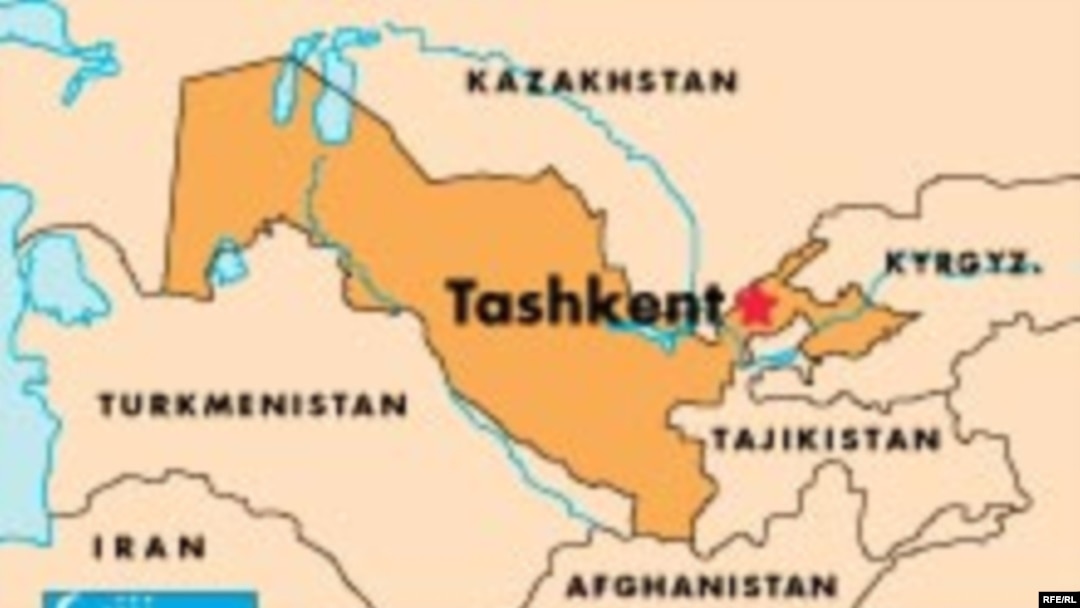Prague, 24 January 2006 (RFE/RL) -- The protests in Andijon's Oq-yor district on 21 January took the form of a minor roadblock. And the two dozen or so women and children who were participating quickly relented in the face of angry motorists, just two hours after their effort began.
There were no men among the demonstrators. Better to avoid any chance that authorities might accuse participants of violence, local reports quoted one protester as saying.
Is Anyone Listening?
But while they were seeking tolerance and understanding, protesters appear to have elicited simple disregard. More of the same, according to sympathetic voices from the opposition.
Isroiljon Kholdorov, who is regional head of the banned Erk opposition party's Andijon branch, told RFE/RL that 125 villages around the city are without gas this winter.
"In summer, we had a meeting with the head of the government's regional gas supply department," Kholdorov said. "He said 125 villages would not be provided with gas in winter. We asked about reasons. He said pipes were old and they would break under high atmospheric pressure. But now, they supply no gas even under low atmospheric pressure."
This overwhelmingly rural region sees protests nearly every winter, when temperatures regularly fall below zero. Yet the government seems to have turned a deaf ear to complaints that gas and electricity supplies are sporadic at best.
Kholdorov said local officials have met with protesters and listened to their complaints and demands in the past. This time, though, no officials met with demonstrators.
Government officials did not respond to RFE/RL's Uzbek Service's request for comments for this report.
History Of Shortages
Two years ago, the Oq-yor district's more than 15,000 inhabitants endured the Muslim holy month of Ramadan without gas supplies. At the time, protesters blocked the road leading from Andijon to Kyrgyzstan. They argued that Uzbekistan should not sell gas to neighboring countries while Uzbek citizens were being denied.
A resident during the December 2003 protests explained the problems that he and his neighbors were experiencing: "Houses in our street have no gas, not even a gram. In winter there is no gas at all. In summer, sometimes it comes."
A female protester that same winter pointed out that officials had done too little to resolve long-standing problems with energy supplies: "We've been in this situation for five years. [Officials] said a gas station was built. But now they say there is no gas, there is no enough pressure in gas pipelines."
This eastern region of energy-rich Uzbekistan has seen many demonstrations in the past decade. Most have been aimed at protesting the brutal living conditions.
Restive Region
Andijon is one of the country's largest regions, with some 2.3 million residents. It is situated in the densely populated Ferghana Valley, where unemployment in some places is as high as 70 percent.
Local opposition leader Kholdorov said popular discontent over official policies has deepened since May's bloodshed in Andijon.
"The people are very angry since the Andijon events," Kholdorov said. "In the past two years, we have witnessed several demonstrations by the city's women and children. They blocked road as a way of protest. If anything similar happens again, it will be a first spark of a big fire."
People in the nearby city of Ferghana also have complained recently of infrequent gas supplies. And residents in the Khorazm region this month said they have been forced to rebuild long-forgotten coal and wood heaters in a desperate effort to keep their families warm.
(Gofur Yuldoshev, a correspondent for RFE/RL's Uzbek Service, contributed to this report.)
Aftermath Of Andijon
A dedicated webpage bringing together all of RFE/RL's coverage of the events in Andijon, Uzbekistan, in May 2005 and their continuing repercussions.


